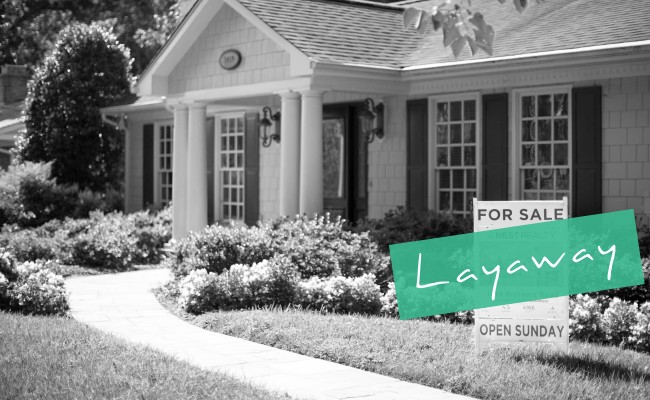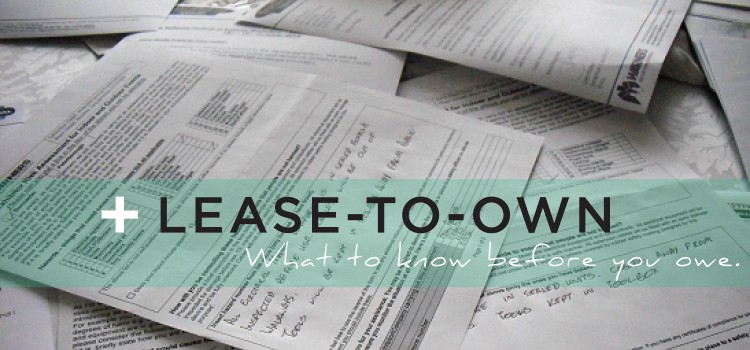Navigating the intricacies of a complicated transaction.
By Keith Davis
I was asked recently by an agent in our office if I had a good “Lease-to-Own” contract that they could use. I don’t. Before I go into why I don’t have one, let me explain the concept of Lease-to-Own.
In our culture, we have lots of layaway plans and rent-to-own models for different purchases—from kids toys to furniture to TVs. And sure enough, we have them for homes as well. In a Lease-to-Own agreement, you have a home owner who wants to sell and a buyer who wants to buy, but there is a problem: the buyer cannot or does not wish to make the purchase right now. The reasons can be many: the buyer doesn’t have a down payment, they haven’t been at their job long enough to qualify for a loan, they have another house to sell, or perhaps they are waiting for some other investment to come through. In the end, it doesn’t really matter. They don’t want to buy a house right now, but they want to live there now.

Now, back to the question, Do I have a form? No. No, I don’t.
There are so many pitfalls in a Lease-to-Own agreement, that I wouldn’t even know where to begin drafting a form. In my experience, I have yet to see a version, even from an attorney, that really covers all the bases.
So, if I had a client who really wants to do this, I would absolutely ask an attorney to draft the contract. As a real estate professional, I need to protect my client. And in this type of transaction, there is a lot to look out for.
In the best of all possible worlds, when representing a seller, I would want:
- A contract to purchase wherein all contingencies are removed prior to any possession taking place.
- A finite set date by which the rental must convert to a purchase and the specific penalties for non-action.
- Agreement by any Realtors involved on what commissions are to be paid, and at what time.
- A very formal understanding of who is responsible for maintenance and equipment issues that arise during the rental period.
- A very sizable deposit that is 100% non-refundable under any circumstances if the purchase does not occur. (And this, by the very nature of Lease-to-Own is potentially not possible for the buyer.)
- Buyer to pay all real estate taxes as if they own the house.
- Buyer to pay 100% of all home owners insurance policy to cover Owner for full replacement value.
If representing a buyer, I would want:
- A rental agreement that acts like a rental (seller carrying risk of maintenance issues).
- Flexibility on whether or not the purchase takes place, and when.
- An “out” clause in case the purchase shouldn’t take place, and specific reasons for this (loss of job, need to move to another part of US, etc…).
- Buyer to get credit for Taxes paid to city/county and deductibility of the taxes.
The lender needs to know a few things as well. And this is where it gets really confusing…
Join me next week for Lease to Own – Part 2, where I delve into the financial requirements and tips on how to complete a successful Lease-to-Own transaction.
Keith Davis is a Managing Partner and Associate Broker with Nest Realty. With an MBA from UNC (Kenan Flagler Business School) Keith finds himself always looking for empirical evidence to explain the market around us.
